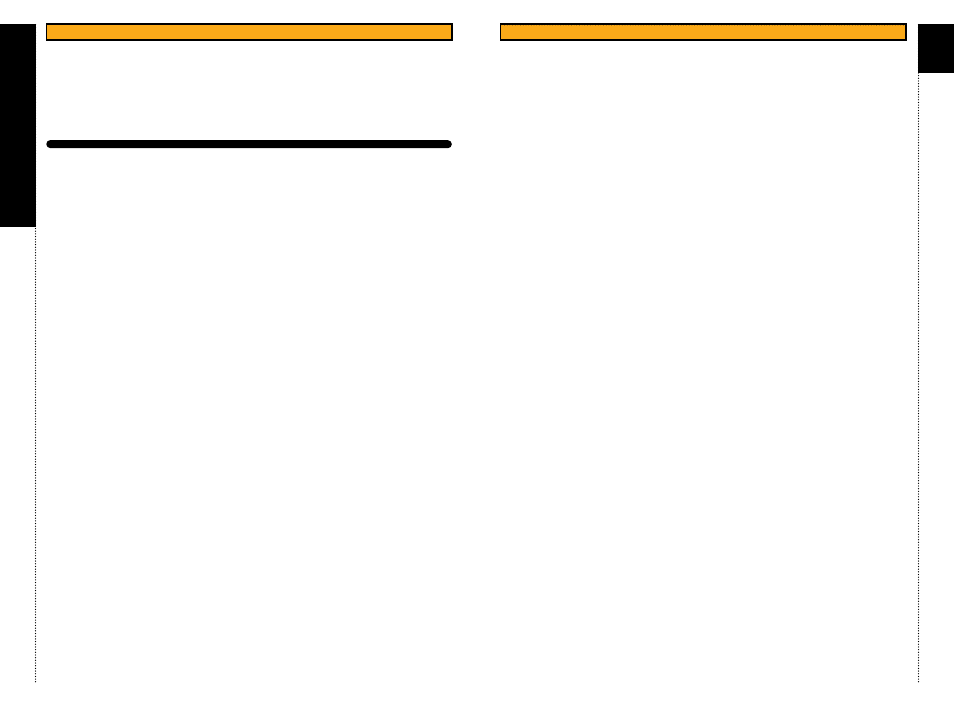Acou 6 tics /advanced setup string setup – Vir2 Instruments Acou6tics Manual User Manual
Page 24

a
c
ou6tics
41
Acou
6
tics/Advanced Setup
STRING SETUP
c
HAP
tER 10
/
STRING
SETUP
StRING SEtUP | StRINGS
Strings | tuning:
You can change the tuning of the guitar (from default E-Tuning down to
B-Tuning) here.
Strings | capo:
You can set up a virtual capo here.
Note: this affects your learned chords.
For example: If you set up a chord library with no capo and you add a capo
later, you’ll need to learn your custom chords again.
Strings | Behavior:
• Realistic:
Note: Only works with chord detection > 0ms!
• Polyphonic: Make strings polyphonic.
Note: May not sound realistic and
fretboard display is turned off. On a real guitar you can only play one note
at a time on each string. So a six string guitar has a maximum polyphony of
6. If you want to use Acou6tics like a traditional sampling instrument with
no artificial intelligence for string placement, strumming etc., simply set this
setting to ‘
Polyphonic’.
Strings | Placement:
Two placement options:
By AI or By MIDI channel.
If you set this to ‘
By MIDI channel’ you’ll also need to set the instrument
MIDI input to ‘
omni’. After you have done this, you’ll be able to select
strings via MIDI channel. So all notes played on MIDI channel 1 are played on
string 1 (highest string), and all notes played on MIDI channel 6 are played
on string 6 (lowest string). This is not suitable for real-time playing, but will
allow you full control over the string placement when programming MIDI
parts.
Strings | Placement | Mode:
Switch between a ‘
Dynamic’ mode or ‘Static’ string selection mode here. If
you chose ‘
Dynamic’, consider that most notes in the play range of a guitar
can be played on more than one string. A#1, for example, can be played on
the 6th string on the 6th fret or on the 5th string on the first fret so it was
necessary to develop an algorithm that chooses the best fitting string
according to your playing. This means that if you play A#1, it won’t always
sound exactly the same. If you don’t like the idea that most keys will
produce different timbres in different situations, you can switch to ‘
Static’
mode. That way each note on the keyboard will always be played on the
same fret on the fretboard.
• Dynamic (only works with chord dectection > 0ms!
• Static
Strings | Placement | Reset time:
If a note is held longer than the threshold time set here before the next note
is played, the position on the virtual fretboard is reset. So next time you
play a note it’s played in the lowest possible position again.
cHAPtER 10
cHAPtER 10
AcoU6tIcS StRING SEtUP coNt’D
42
